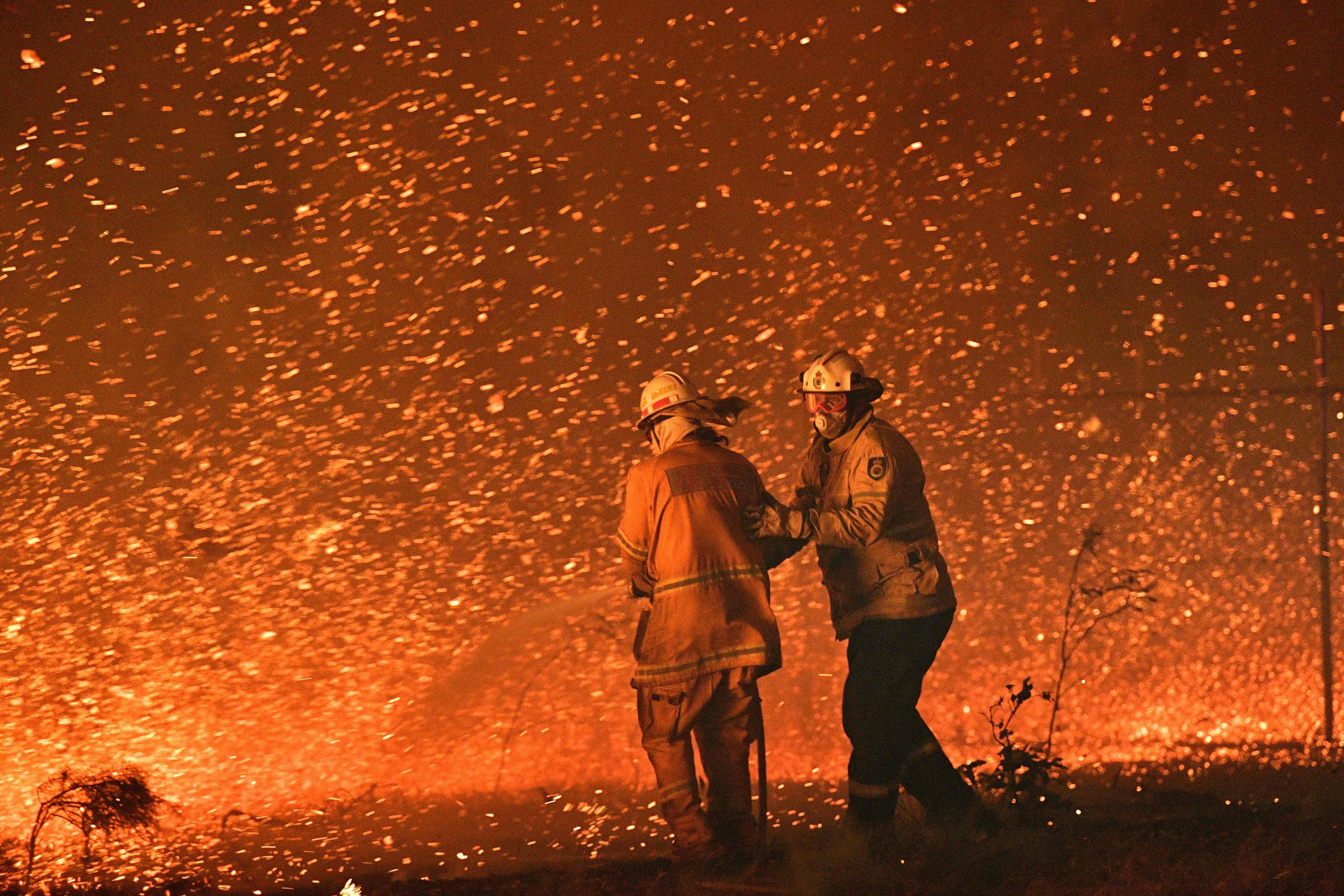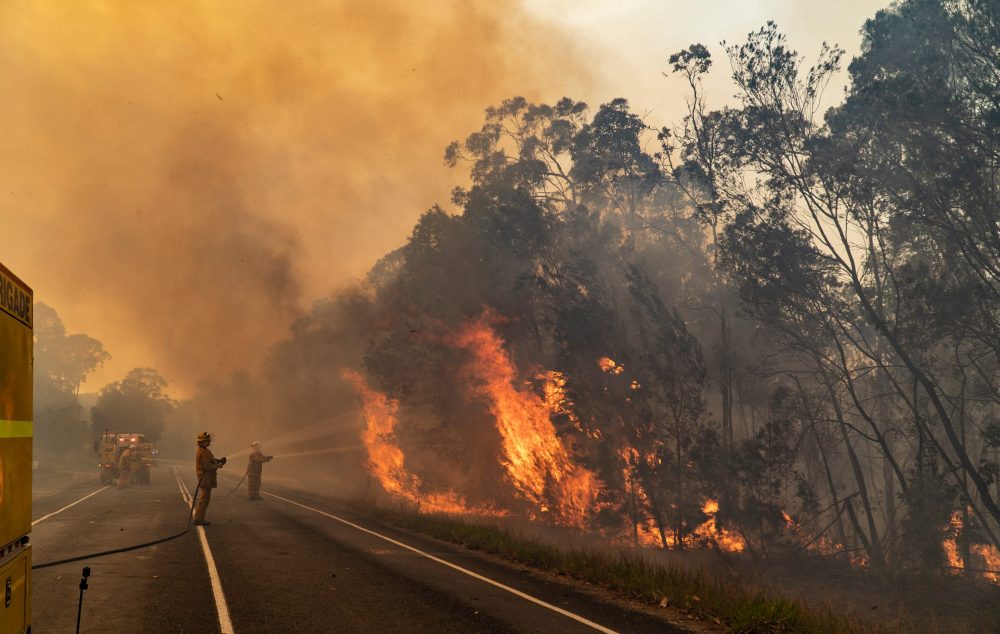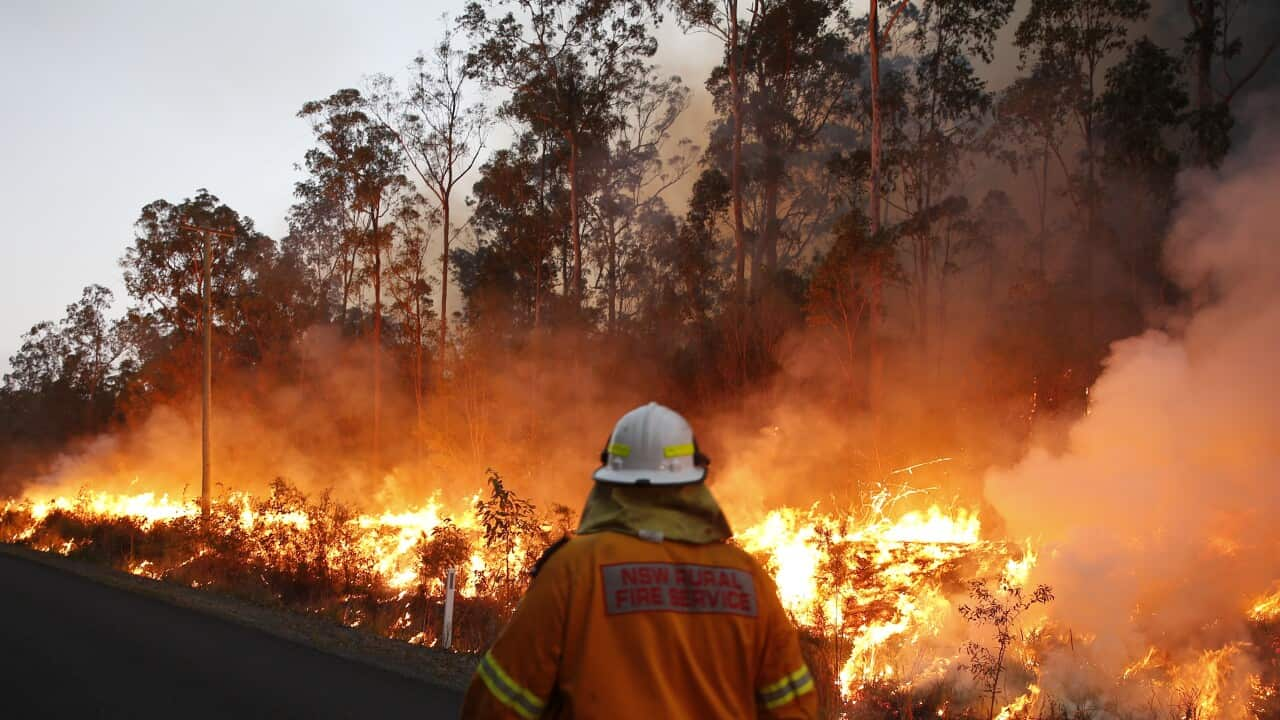Safeguarding Your Home: The Crucial Role of a BAL Report in Bushfire Preparedness
Safeguarding Your Home: The Crucial Role of a BAL Report in Bushfire Preparedness
Blog Article
Navigating Bush Fire Security Rules With BAL Record
In the realm of building growth and homeownership, navigating bush fire security regulations is extremely important for guaranteeing the safety and security and compliance of structures in high-risk locations. Central to this venture is the Bushfire Attack Degree (BAL) report, a critical record that evaluates the potential exposure of a building to bushfire. Comprehending how to apply the info and translate consisted of within a BAL record can dramatically affect the design, building, and maintenance of structures. By delving into the intricacies of BAL analyses and their effects for building compliance, stakeholders can proactively manage bush fire risks and protect residential or commercial properties versus prospective dangers.
Comprehending Shrub Fire Security Rules
To successfully navigate the intricacies of bush fire security regulations, it is necessary to have a clear understanding of the regulating guidelines and requirements in place. Shrub fire security guidelines are critical for guarding residential properties and lives in locations prone to bushfires. These regulations develop the criteria and protocols that residential or commercial property proprietors must follow in order to minimize the dangers connected with bushfires.

Value of BAL Assessments
Comprehending the significance of BAL evaluations is crucial in guaranteeing conformity with bush fire defense policies and properly reducing the threats connected with bushfires. BAL assessments, which identify the Bushfire Strike Level of a building, are essential for creating ideal bush fire security steps customized to the details threat profile of the site. By assessing aspects such as vegetation type, distance to prospective fire hazards, and slope of the land, BAL analyses supply valuable understandings into the degree of danger a residential or commercial property deals with throughout a bushfire event.

Effects for Structure Conformity
Browsing through structure compliance requirements in accordance with BAL assessments is essential for ensuring structures are sufficiently fortified versus the threats presented by bushfires. Building compliance describes sticking to the requirements and guidelines stated to boost the safety and resilience of buildings in bushfire-prone locations. The implications of building conformity in connection with BAL analyses are visit here substantial. Frameworks that fall short to satisfy the necessary conformity standards are at a greater danger of sustaining damage or devastation during a bushfire event. This not just threatens the occupants but additionally presents a threat to the surrounding setting.
Making sure structure conformity includes cautious planning, construction, and maintenance to reduce the potential influence of bushfires - BAL Report. It needs a comprehensive understanding of the BAL rating appointed to the residential or commercial property and carrying out the proper steps to enhance its fire security capabilities. Non-compliance with structure guidelines can result in lawful repercussions, insurance coverage problems, and most notably, jeopardize lives. Consequently, taking building compliance seriously and integrating BAL analysis outcomes into building techniques is vital for guarding residential or commercial properties in bushfire-prone regions.
Handling Bush Fire Threats Effectively
Provided the essential significance of building conformity in strengthening structures versus bushfire risks, effectively managing these risks needs a thorough method that prioritizes aggressive mitigation approaches. Clearing up combustible plant life, developing defensible areas, and making certain correct upkeep can significantly reduce the danger of fire spreading out to the property. By incorporating these aggressive actions, home owners can effectively take care of bushfire threats and raise the security of their structures and occupants.
Practical Tips for Homeowners and Developers
Properly handling bushfire risks as a homeowner or programmer necessitates applying useful reduction methods tailored to the property's certain vulnerabilities and environments. One crucial idea is to maintain a well-kept defensible room around frameworks, usually a minimum of 30 meters in risky areas. This area needs to be clear of flammable vegetation, particles, and other flammable products that could potentially sustain a fire. Additionally, selecting fireproof building materials can considerably improve the home's capacity to endure ash assaults and direct fire call. Making sure that home windows, roofing systems, and walls are created or updated to fulfill appropriate bushfire protection standards is necessary.
In addition, producing an emergency strategy and practicing evacuation drills with family members renters, staff members, or participants can conserve lives in the event of a bushfire. Remaining informed about regional fire risk scores, climate condition, and emergency situation notifies is additionally important for making prompt decisions to shield life and home. Involving with neighborhood fire authorities, community teams, and specialists experienced in original site bushfire management can offer beneficial guidance and support in creating comprehensive bushfire protection approaches.
Conclusion
Finally, navigating bush fire security laws with a BAL report is critical for making sure structure conformity and taking care of bush fire risks efficiently. Comprehending the significance of BAL evaluations and adhering to sensible tips can help developers and property owners reduce the effect of bush fires. By adhering to these guidelines and taking needed preventative measures, individuals can create safer environments for themselves and their communities.
Secret components of bush fire protection guidelines consist of the Bushfire Strike Degree (BAL) evaluation, which establishes the degree of threat a residential property encounters from bushfires. BAL analyses, which determine the Bushfire Strike Degree of a property, are crucial for designing appropriate bush fire defense procedures customized to the particular risk account of the site. By examining factors such as plants kind, range to prospective fire dangers, and slope of the land, BAL assessments give useful insights right into the degree of risk a building deals with during a bushfire occasion.

In conclusion, browsing bush fire security laws with a BAL report is important for guaranteeing building compliance and handling bush fire dangers properly.
Report this page